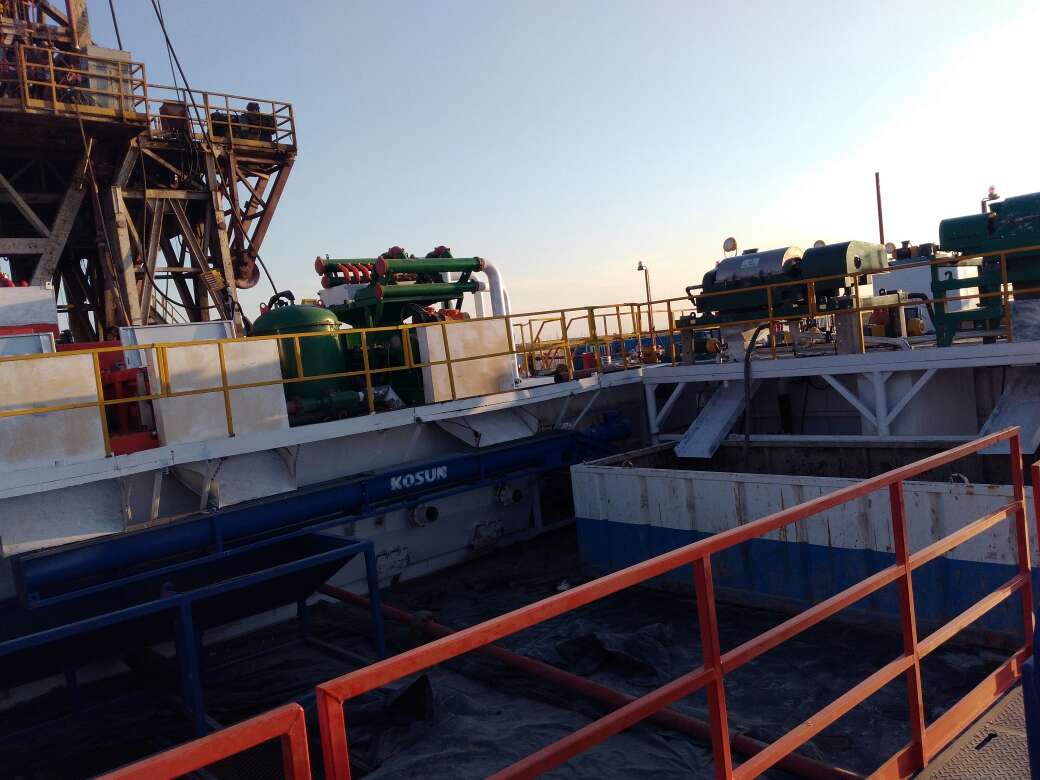- Home
- Products
-
-
Solids Control Equipment
- Linear Motion Shale Shaker
- Decanter Centrifuge
- Mud Cleaner
- Vacuum Degasser
- Centrifugal Pump
- Shear Pump
- Submersible Slurry Pump
- Mud Agitator
- Mud Gun
- Jet Mud Mixer
- Desilter
- Water Tank
- Mud Tank
- LS1850 Shale Shaker
- Diesel Tank
- MD210 Drilling Mud Cleaner
- Balanced Elliptical Motion Shale Shaker
- Oilfield Drilling Mud Desander
-
Solids Control System
- Drilling Mud Cooling System
- Solids Control System
- Mobile Solids Control System
- Arctic Solids Control System
-
TBM
- Tunnel Boring Mud System
-
HDD
- HDD Mud Recovery System
-
-
- News
- Services
- Marketing
- About Us
- Contact Us
- Videos
Home > KOSUN News >
Difficulties in the treatment of mud water and waste soil
Sep 19, 2024
The working efficiency and effect of sludge and waste soil treatment can not be ignored in the construction of sludge shield. At present, the main difficulties in sludge and waste soil treatment are as follows:
1. If the diameter of shield tunnel excavation is up to 15 m, the sludge water treatment capacity is large, the coordination difficulty is high in all aspects, and the mud pump load is too large, the mud water supply is insufficient on the excavation surface, or the processing capacity is insufficient. Therefore, reasonable equipment selection and sludge water site layout are very important. The formation of mud film is difficult in the long distance sand and gravel stratum with high permeability and high water pressure, which requires high pulping capacity, conveying capacity and comprehensive management ability of mud and water system.

2. During the excavation of the initial section of the shield, a large amount of clay mud will be generated through the silty clay clay stratum with a high content of clay particles. When the shield is digging into this clay stratum, the mud-water separation equipment cannot separate the small clay particles in time, resulting in the increasing specific gravity and viscosity of the mud. After some of the mud must be abandoned, an appropriate amount of water must be added to the slurry mixing tank to meet the construction requirements, resulting in a large amount of waste mud with high gravity and high viscosity. The discharge of waste mud will not only destroy the environment, affect the civilized construction, but also cause some pollution. The conventional treatment method of waste mud is external transport and disposal, but this treatment method has the problems of high transportation and disposal cost and high environmental protection requirements.
3. Large amount of waste soil, waste caused by external disposal, shield shaft section if located in clay stratum, construction will produce a large amount of waste clay; A large amount of silty sand residue will be produced when the shield is driven into the full section of silty sand stratum (up to 1 670 m). When the shield drives into the gravel sand, pebble and sandstone stratum, a large amount of waste gravel sand, pebble and crushed rock will be produced. If the waste soil is disposed of in accordance with the usual way of external disposal, it will cause huge waste and environmental pollution.


